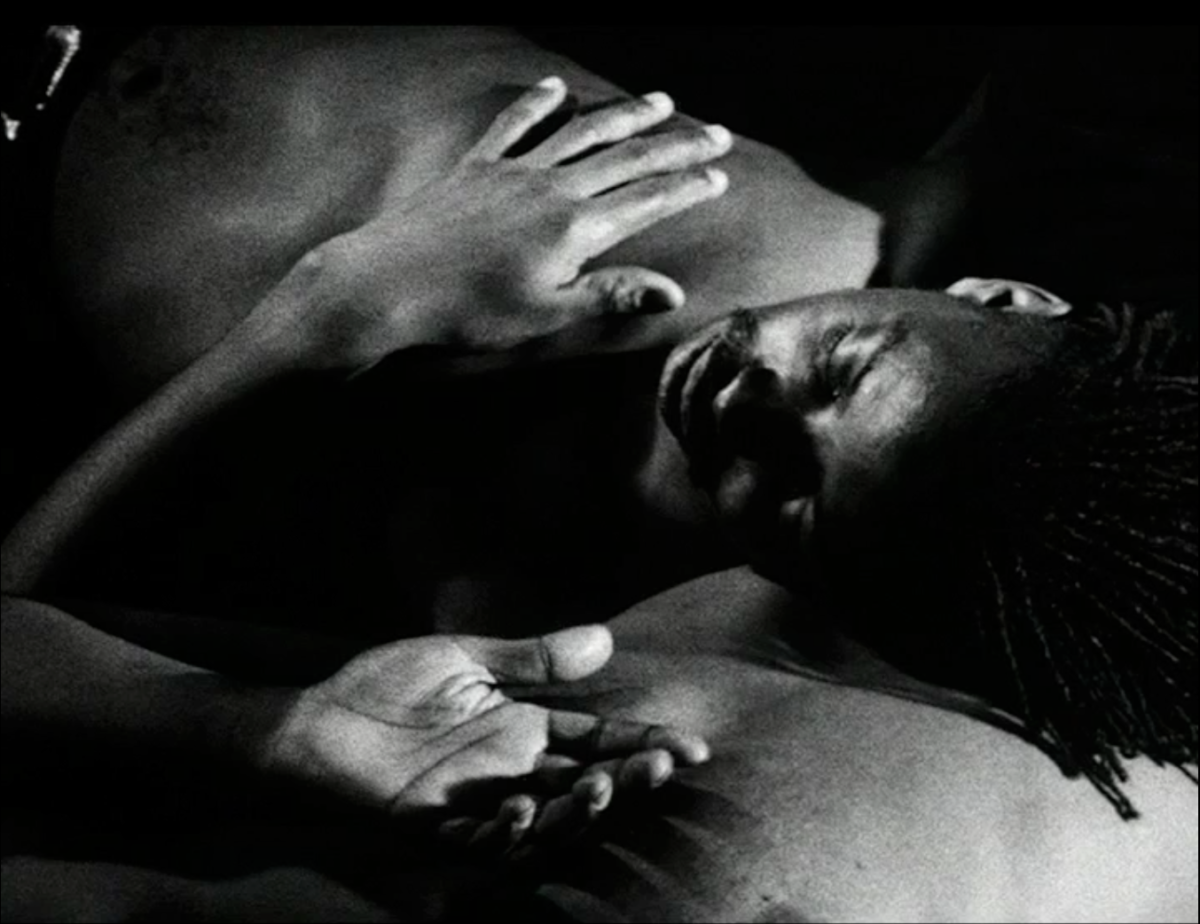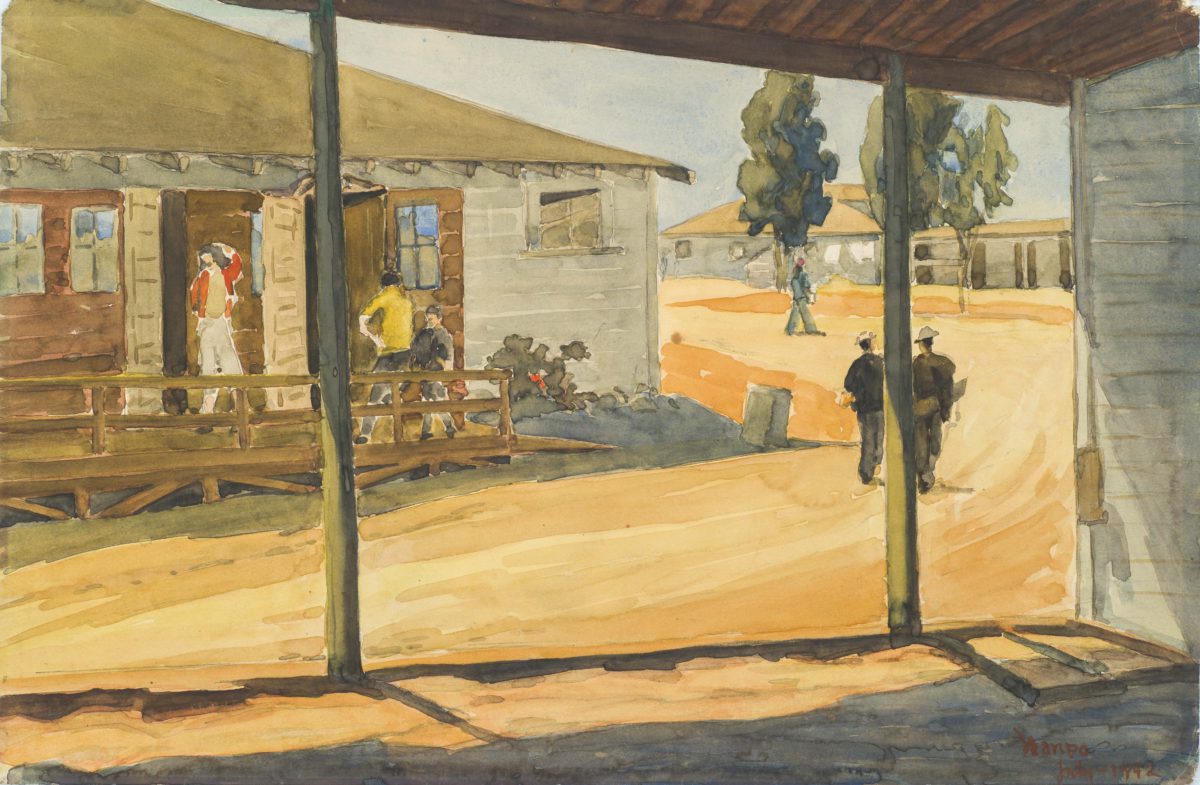Three films films on urbanism

In The Metropolis and Mental Life (1903) sociologist Georg Simmel diagnoses a psychic phenomenon as specific and unconditionally reserved to the city dweller, labelling this condition a “blasé outlook.” Elaborating, Simmel—himself a citizen of Berlin—determines that to live in a metropolis demands a particular “mental attitude” to bolster the individual against the onslaught of stimuli that intrude upon urban routine; without this, Simmel argues, they are at critical risk of alienation.
Seventy-five years later, writer and raconteur Fran Lebowitz published her own propositions on the subject in the essay-series Metropolitan Life (1975) and forty-five years later she televised them, collaborating with Martin Scorsese to produce the seven-part Netflix series Pretend It’s A City. Here Lebowitz, adopting the quintessentially metropolitan persona of the flaneur, coolly navigates New York, reporting on facets of its character and evolution—cultural affairs, finance, sports, public services, and transport—to Scorsese. Neatly assuming Simmel’s blasé outlook, she is drolly perturbed but never overwhelmed by habitual interruptions to her day-to-day which are chiefly manifested in the incompetence of others: dawdlers, ill-advised city-planners, inert tourists, public artists, and so on. She’s impervious to much and so much passes her by—new technologies such as smart phones for instance (pardonable) but also the near municipal bankruptcy of 1970s New York (less pardonable).
All the while Lebowitz, much like Simmel, maintains unwavering affection for and loyalty to the city she inhabits, doggedly declaring that there is nowhere else for her. It’s the breed of affection associated with romantic relationships whereby one recognises their partner’s shortcomings but owing to compatibility accepts them regardless or even because of their flaws. In recognition of this, critics unanimously declared Pretend It’s a City a triumph, lauding the series as a “love letter to New York”—a city very much Lebowitz’s own.
But possession is fraught, and it’s worth asking precisely what acclimates Leibowitz to her environment, for in the incisive words of geographer David Harvey, “the question of what kind of city we want cannot be divorced from that of what kind of social ties, relationship to nature, lifestyles, technologies and aesthetic values we desire” and, crucially, have access to.
Pretend It’s a City confronts the viewer with an inescapable truth: Lebowitz’s relationship to New York—her sense of belonging—is surely predicated on her financial status. This is perhaps most evident in her attitude to property. Embittered with an archetypal New Yorker’s concern for real estate, Lebowitz acerbically grumbles about rising prices and ill-advised deals. She recalls refusing to live in the West Village on the logic of eluding rape which, she reasons “I always felt was worth the extra money.” Amplifying this uncomfortable association between money and gendered violence, she divulges buying an apartment that cost three times what she could afford, likening her insistence on retaining her previous one—also expensive—to the compulsion of women who stay with men “who beat them up.” Putting aside the dubious humor of these statements, the suggestion that to live in New York demands wealth as a prerequisite for survival is surely dispiriting, especially as this assessment is affirmed when Lebowitz, asked what advice she would offer a young person moving to the city, recommends, “Bring money.”
Despite my reservations, I am broadly heartened by the inclusion of a documentary on urbanism broadcast on a mainstream platform like Netflix. But by way of contrast, let me turn to two other less marketable productions—which share with Pretend it’s a City, a concern for the expression of urban identity.
She’s impervious to much and so much passes her by—new technologies such as smart phones for instance (pardonable) but also the near municipal bankruptcy of 1970s New York (less pardonable).

The late French-Belgian filmmaker Chantal Akerman, like Lebowitz, resided in New York in the 1970s. She is said to have professed to director Jean-Luc Godard, “I love to film cities. I love to film cities because they have lines.” Such partiality is evident in the cinematography of News From Home (1977) where Akerman’s camera—operated with frequent collaborator Babette Mangolte—consistently asserts the Manhattan grid with linear perspectival orientation defining every shot. Now streaming on The Criterion Channel, News From Home opens with a peripheral view of an anonymous apartment block captured by a camera positioned between forty-eight and fifty-six inches from the ground, imitating Akerman’s perspective of looking up at buildings which loom ominously above. Continuing thus, the camera, unceasingly located at Akerman’s height, forces the viewer to confront the city as she sees it—full of street-level exteriors, subway platforms and trains, residential buildings, and office blocks—from a vertical sightline. This rigorous adherence to perspectival space conveys Ackerman’s relationship to the city with the viewer, observing New York through her eyes, dwarfed almost menacingly by its built environment.
A passage from Jean Rhys’s novel Good Morning, Midnight illuminates. Rhys’s female narrator, Sasha, an impoverished alcoholic, wanders Paris: “If you have money and friends,” then “houses stand back respectfully” but if not, “then they step forward, the waiting house, to frown and crush. No hospitable doors, no lit windows, just frowning darkness. Frowning and leering and sneering, the houses one after another. Tall cubes of darkness, with two lighted eyes at the top to sneer. And they know who to frown at. They know as well as the policeman on the corner.”
Paris’s built environment, anthropomorphised, engenders fear and paranoia in Rhys’s alienated protagonist. Akerman’s visual rendering of New York, not unlike Rhys’s literary one of Paris, conveys the power that architecture wields over the individual. Compare this to Pretend it’s a City where Leibowitz, traversing the Queens Museum’s panorama of New York, towers over the scaled-down miniatures which populate the cityscape, visually asserting that it is she not the urban environment that dominates.
Akerman’s soundtrack, entirely post-dubbed, further demarcates her alienation. She reads lyrically from letters sent by her mother Natalie, whose expressions of maternal anxieties about her child’s welfare—whether she is sufficient in summer clothes, money or happiness—are scarcely audible, overwhelmed by the cacophonic clamour of automobiles and ambient chatter. It becomes clear that Natalie’s inquiries remain unanswered, for she implores her daughter to reply to her letters, frets over if she has the correct address, and finally probes: “You never write about how you’re really doing.” And it is true that we neither hear nor view Akerman directly, who instead, conspicuous in her absence, refuses interaction with both us, the viewer, and the swathes of people who hurriedly bustle through the city. And so, unlike Lebowitz who is buoyed up by parties and friendships with the famous, Akerman communicates an uneasy relationship with New York, her voice and corporeality lost in its indifference.

In London, the Black Audio Film Collective, inaugurated in 1982 and dissolved in 1992, comprised eight British diaspora filmmakers and artists, namely: John Akomfrah, Avril Johnson, Reece Auguiste, Lina Gopaul, Trevor Mathison, Edward George, Claire Joseph, and David Lawson. Their films, perhaps best characterised as forceful rejections of the racist narratives perpetuated in dominant media and political propaganda, express the plurality of Black British experience.
Twilight City (1989) is not the Collective’s most well-known film but is among their most accomplished—its fusion of different aesthetic forms, cinematic experimentation and political urgency typifies their trademark style. Its structure, almost identical to that of News from Home, employs epigraphic correspondence between a young woman, Octavia, and her mother, Eugenia, as the backbone of its narrative. The titular city is London where the collective was then based, and it is Olivia’s letter to her mother that is voiced.
Departing from Akerman’s epigraphic formula, Olivia’s narrative is interspliced with archival footage of industrialization and talking heads who enlarge upon her personal loss by attesting more factually to the city’s demise and the consequent deracination of its urban communities—it’s the fusion of different modes that make the film, and indeed the rest of the collective’s works, so powerfully effective. Historian Rozina Vishram speaks about the community of nineteenth-century Somalian Lascar seamen who, brought to London in ships chartered by the East India Company, were abandoned to poverty, their diaspora descendants forced into liminal urban existence. Writer David Yallop recalls the Clapham of his childhood as a working-class district which he once felt rooted to and safe in; now, he views it as an alien middle-class enclave strewn of its character. Historian Paul Gilroy reiterates Yallop’s lament, reminiscing on his youthful explorations of the Docklands area which at the time acted as a hub for white working-class communities who were forced into dispersal when the Port of London became obsolescent.
Olivia’s subjective voice converges with the more objective ones of the commentators in ascribing blame to Britain’s Conservative government, captained by prime minister Margaret Thatcher, for engendering the capital’s demise. And while there is a recognition that certain communities—especially diasporic ones—have survived displacement albeit scathed, the solemn tone is a far-cry from that of Pretend It’s a City.
[I]t’s the fusion of different modes that make the film, and indeed the rest of the collective’s works, so powerfully effective.
And this, I think, is what feels conspicuously absent in Pretend It’s a City, for Lebowitz in her acerbic—at times self-congratulatory—insistence on belonging overlooks those who don’t. In fact, the only times we really come across anyone who’s not a famed intellectual or renowned artist—the likes of Toni Morrison or Charles Menkes—is in in Lebowitz’s complaints lodged in contempt of her fellow urban inhabitants: bus drivers who don’t know their routes by heart, tempestuous dry cleaners, cab drivers oblivious to Grand Central Station, rather than hegemonic or legislative power structures.
Akerman and the Black Audio Film Collective, in their own distinct ways, refute this approach. Mobilizing their purview as filmmakers, they trace the narratives of those who feel alien in the city—those who don’t belong—and shrewdly critique the forces that engender this feeling. For Ackerman, there is a sense that having relocated from Brussels, she never quite assimilates—the very title News From Home is indicative of her understanding of New York as a fundamentally foreign place. Twilight City, on the other hand, conveys how the coercive forces of imperialism and late capitalism displace entire communities from the urban spaces they once understood as their home. There is a moment in Twilight City where Gilroy speaks of the extraordinary way “in which people are able to inhabit the same space, to be physically proximate and yet to live in different worlds.” Leibowitz’s world, populated by celebrity intellectuals, expensive apartments, theaters and parties, is a world elsewhere from most and it would be a better film if she and Scorsese acknowledged it.




